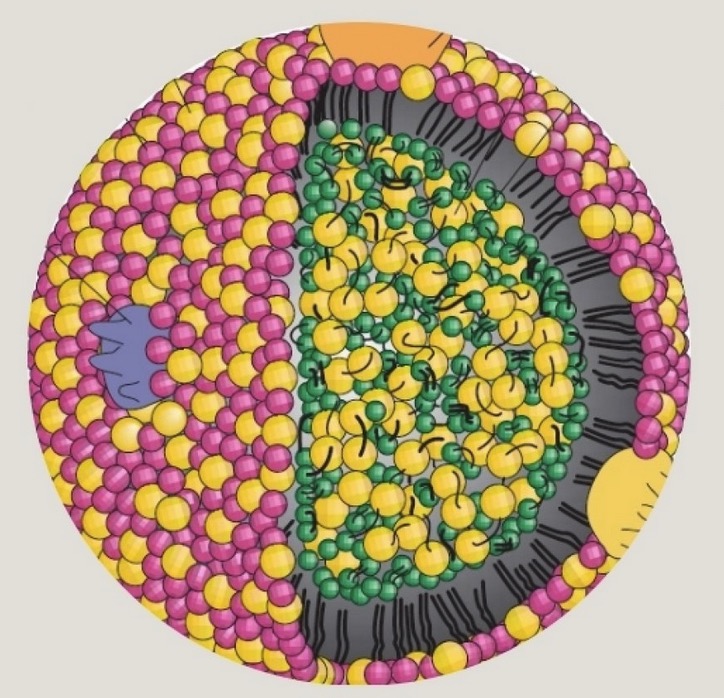TLDR - Women who had a high omega-6 to omega-3 ratio in their fat where at elevated risk for developing breast cancer.
Seed oils (vegetable oils) are the major dietary driving source of omega-6s. It seems reasonable that seed oils have a outsized cancer risk.
The ratio of omega-3 to omega-6 fatty acids, especially the long-chain eicosapentaenoic acid (EPA) + docosahexaenoic acid (DHA) to arachidonic acid (AA) ratio, is inversely associated with breast cancer risk. We measured the association between cytologic atypia, a biomarker for short-term risk of breast cancer development, and omega-3 and omega-6 fatty acid intake and levels in blood and breast tissue. Blood and benign breast tissue, sampled by random periareolar fine-needle aspiration (RPFNA), was obtained from 70 women at elevated risk for breast cancer. Self-reported dietary intake was assessed by the NCI’s Food Frequency Questionnaire. The fatty acid composition of five lipid compartments, red blood cell, plasma and breast phospholipids, and plasma and breast triaclyglycerides (TAG), was analyzed by gas chromatography as weight percent. Median daily intakes of EPA+DHA and total omega-3 fatty acids were 80 mg and 1.1 g, respectively. The median total omega-3:6 intake ratio was 1:10. Compared with women without atypia, those with cytologic atypia had lower total omega-3 fatty acids in red blood cell and plasma phospholipids and lower omega-3:6 ratios in plasma TAGs and breast TAGs (P < 0.05). The EPA+DHA:AA ratio in plasma TAGs was also lower among women with atypia. This is the first report of associations between tissue levels of omega-3 and omega-6 fatty acids and a reversible tissue biomarker of breast cancer risk. RPFNA cytomorphology could serve as a surrogate endpoint for breast cancer prevention trials of omega-3 fatty acid supplementation.
Full paper at above link

